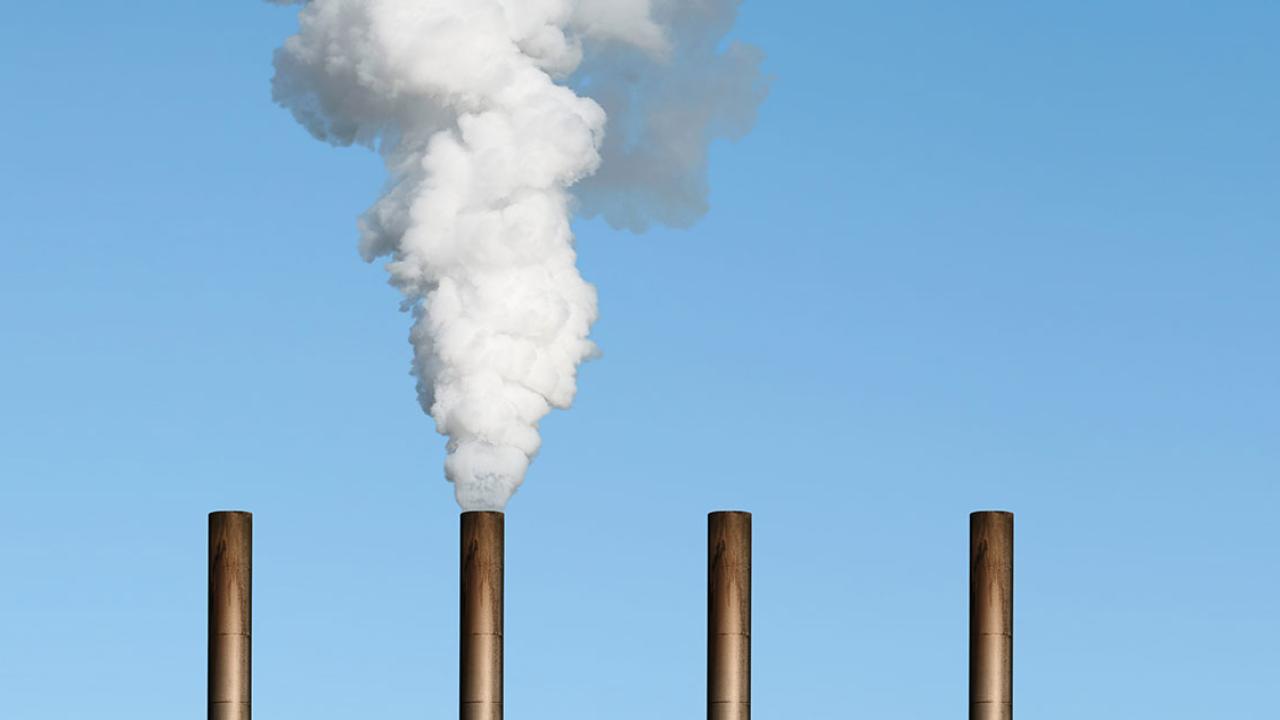
A new study by researchers from the Columbia Center for Children’s Environmental Health (CCCEH) at Columbia University Mailman School of Public Health reports that the Regional Greenhouse Gas Initiative (RGGI) has been successful in reducing fine particulate matter (PM2.5) emissions and substantially improving children’s health, both major co-benefits of this climate policy. Among the benefits between 2009-2014 were an estimated 537 avoided cases of childhood asthma, 112 preterm births, 98 cases of autism spectrum disorder (ASD), and 56 cases of term low birthweight. The associated economic savings were estimated at $191 to $350 million over the years. These findings are published today in Environmental Health Perspectives.
Initiated in 2009, RGGI is the country’s first regional cap- and- trade program designed to limit carbon dioxide (CO2) emissions from the power sector. Under the agreement, nine participating northeastern states—including New York— were required to limit emissions from fossil fuel power plants with a capacity of 25 megawatts or greater. Regulated power plants must obtain annual CO2 allowances which are auctioned quarterly and may be traded between plants or offset. Although RGGI is focused on reducing GHG emissions, it has also lowered emissions of other pollutants, including PM2.5., nitrogen oxides (NOx) and sulfur dioxide (SO2).
The researchers estimated the health benefits to children and associated economic savings using the Environmental Benefits Mapping and Analysis Program (BenMAP) tool, a computer program supported by the U.S. Environmental Protection Agency. For the first time, the researchers incorporated additional health outcomes, not previously included in BenMAP, that are associated with prenatal and childhood exposure to PM2.5.
“As impressive as they are, these estimated benefits for children do not take into account their potential life-long consequences, so they are likely underestimates of the true benefits of this policy,” says lead author Frederica Perera, PhD, DrPH, professor of environmental health sciences at Columbia Mailman School and director of translational research at CCCEH. “These results should spur more such initiatives to address climate change and improve the health of our children.”
Additional authors include David Cooley at Abt Associates, Alique Berberian at the Columbia Center for Children’s Environmental Health, David Mills at Peak to Peak Economics, and Patrick Kinney at Boston University’s School of Public Health.
This research was supported by the Environmental Protection Agency (RD83615401) and National Institute of Environmental Health Sciences (P50ES09600), the John Merck Fund, the John and Wendy Neu Family Foundation, and an anonymous donor.
joy organics cbd gummies are a within easy reach and enjoyable street to extract cannabidiol without the high. Varied people use them to ease force, benefit zizz, or promote complete wellness. The effects usually upon within 30–60 minutes and can pattern for a few hours. You’ll find options with melatonin, vitamins, vegan ingredients, or no added sugar. They come in a wander of flavors and strengths. It’s in the most suitable way to start with a little dose and on all occasions contain representing third-party lab testing to secure trait and safety.